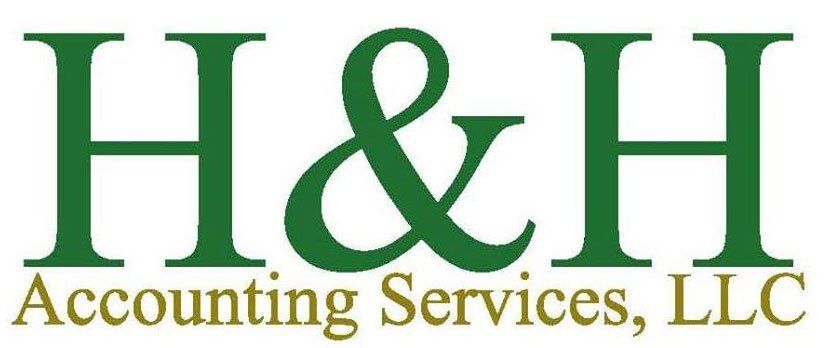The Impact of Sales on Inventory Management and Cash Flow

Limited-time sales and promotional incentives are powerful tools for driving customer traffic, boosting short-term revenue and managing inventory. However, the impact of sales extends beyond increased sales volume; they can also allow business owners to achieve targeted inventory management and cash flow goals.
How Sales Promotions Help Business Owners Manage Inventory More Precisely
Sales promotions, whether in the form of discounts, BOGO (buy one, get one) offers or flash sales—when effective—can directly impact inventory management strategies. These promotions can help businesses:
- Clear Out Excess Inventory:
When products are overstocked or approaching the end of their lifecycle, sales can accelerate turnover. For example, seasonal items or perishable goods often require markdowns to avoid losses.
- Prevent Dead Stock: Products that aren’t selling as expected can become “dead stock,” taking up valuable storage space and tying up capital. Offering discounts can minimize these risks by incentivizing purchases.
- Manage Stock Rotation: Sales can support
first-in, first-out (FIFO) inventory management by pushing older stock out the door faster, which is especially important for businesses dealing with perishable or time-sensitive products.
- Improve Forecast Accuracy: Running sales can provide insights into consumer behavior and preferences, helping refine future inventory orders and avoid overstocking.
Of course, these goals can only be achieved if promotions actually accelerate sales and increase volume. It’s important to craft promotions that appeal to your consumers and encourage fast action.
While sales can be effective for managing inventory, it’s important to avoid potential pitfalls, like excessive inventory depletion. Frequent or overly generous sales may also cause customers to delay purchases until a promotion, disrupting inventory management between sales and jeopardizing long-term profitability.
The Potential for Promotional Incentives to Temporarily Enhance Cash Flow
Sales promotions can have a significant impact on cash flow. While reducing prices may temporarily affect profit margins, the influx of cash from increased sales volume can improve liquidity by providing an immediate boost to cash flow. There are different reasons why a business might pursue this approach:
- A business might accept the trade-off to generate cash for meeting operational expenses, covering payroll or reinvesting in new, more in-demand stock.
- Moving old or slow-moving inventory through promotions converts stagnant assets into cash, which can then be used for more strategic investments.
- Inventory comes with storage, insurance and potential depreciation costs. Sales help reduce these expenses by maintaining a leaner inventory.
- Retailers often use sales to clear inventory before seasonal shifts to ensure they have enough cash flow.
However, businesses need to calculate the break-even point for sales promotions to ensure that the increased sales volume compensates for reduced margins and that cash flow benefits are not offset by increased costs.
Calculating the Break-Even Point
The break-even point in units (BEU) allows you to determine how many units you need to sell at the discounted price to cover fixed costs. You can determine the BEU by dividing fixed costs (total overhead expenses) by the contribution margin (CM), which is the measure of profit made per unit sold after covering variable costs. The CM can be calculated by subtracting the variable cost per unit (the direct cost of acquiring or producing the unit) from the discounted price per unit.
Knowing the BEU before starting a sale and adjusting your discounts to make the BEU achievable can help ensure your promotion has the positive outcome you’re hoping to achieve.
Strategic Reasons to Use Sales as an Inventory Management Tool
End-of-Season Clearance
To make room for new collections, businesses often offer steep discounts on seasonal products. This strategy prevents old inventory from lingering into the next season and tying up capital.
Managing Overstock and Reducing Dead Stock
When inventory forecasting misses the mark, sales provide a practical way to rebalance stock levels. Flash sales or bundling promotions can help clear excess inventory quickly.
Introducing New Products
Sales on old stock can generate the cash needed to invest in new product lines. Additionally, promotions can help introduce new items to the market by attracting budget-conscious customers who might not try the product at full price.
Generating Quick Cash Flow
If a business faces unexpected expenses or a temporary cash shortfall, a targeted sale can improve liquidity quickly. This approach can be particularly useful during slow seasons.
Supporting Marketing Campaigns
Limited-time sales tied to holidays, special events or marketing initiatives can drive brand visibility and enhance sales volume while simultaneously managing inventory.
Considerations When Running Sales for Inventory and Cash Flow Management
While sales promotions offer many benefits, businesses need to approach them strategically to avoid negative impacts:
- Monitor Inventory Levels: Avoid over-promoting products with limited stock, which can lead to backorders, stockouts or customer dissatisfaction.
- Analyze Profit Margins: Before launching a sale, calculate the impact on margins and ensure that the strategy aligns with financial goals.
- Plan for Increased Demand: Ensure that supply chains can handle the uptick in sales volume to prevent logistical issues or delayed deliveries.
- Avoid Discount Dependency:
Frequent sales can train customers to wait for discounts, which may hurt regular sales and affect overall cash flow stability.
- Balance Short-Term Gains with Long-Term Strategy: While sales can generate quick cash flow, businesses should ensure that promotions do not erode brand value or profitability over time.
Get Advice on Inventory Management and Cash Flow Optimizations
Sales promotions can be powerful tools for managing inventory and enhancing cash flow. However, they’re not always the ideal option to address persistent cash flow or inventory problems. If you are looking for a more sustainable solution, you may want to discuss cash flow and inventory management optimization options with an experienced Phoenix or Scottsdale business consultant.
Call H&H Accounting Services at (480) 561-5805 to schedule a consultation.
Serving the Accounting Needs of Clients in Phoenix, AZ & Nationwide
Call (480) 561-5805 for an In-Person Consultation at a Phoenix Location of Your Choosing
H&H Accounting Services, LLC
Mailing Address:
6501 E Greenway Pkwy
Ste 103
PO Box 444
Scottsdale, AZ 85254
Hours:
Monday – Friday: 9 a.m. – 6 p.m.
Weekends and After Hours: By Appointment
All Rights Reserved | H&H Accounting Services | Website Created By REV77



